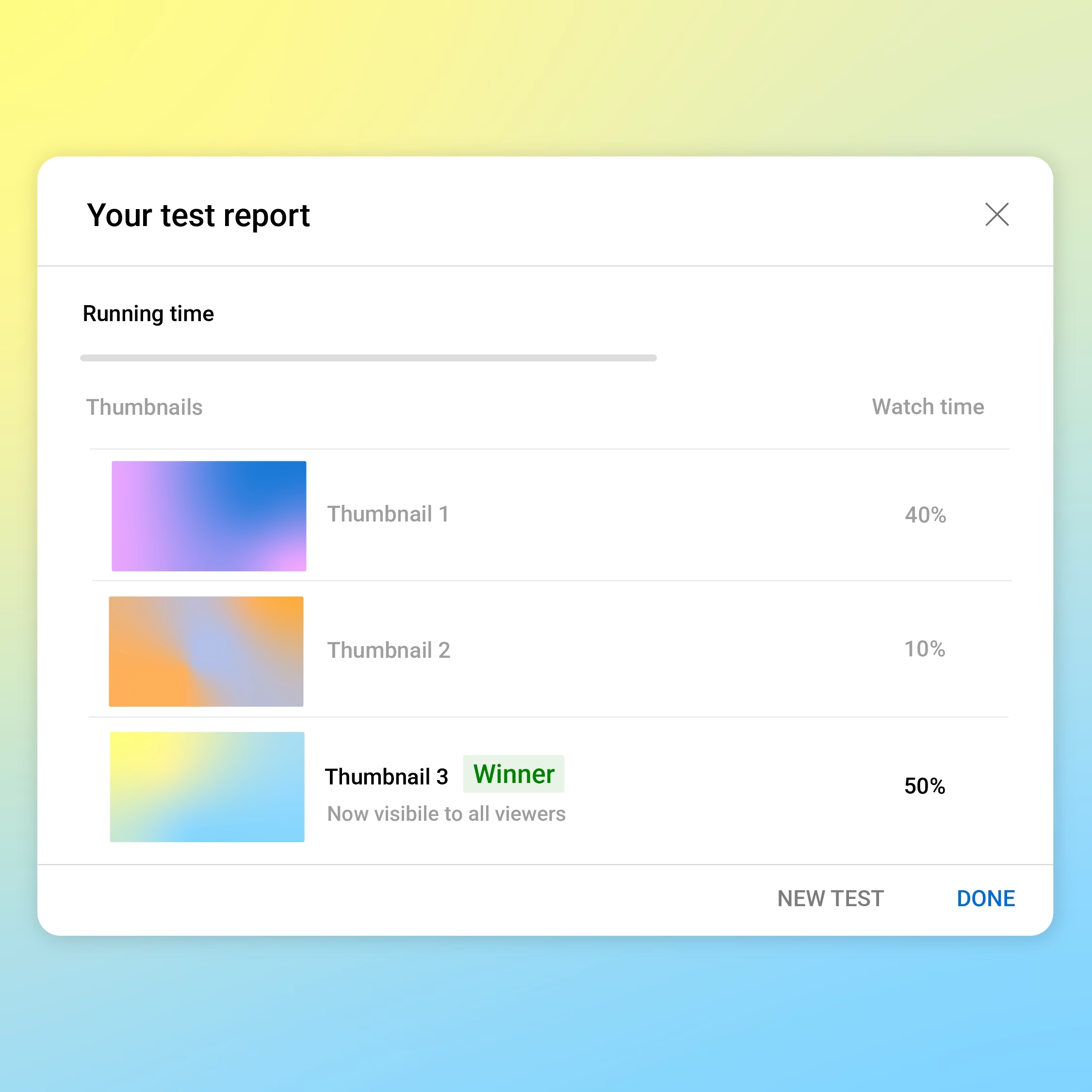YouTube's New Title Testing: A Game-Changer for Creator Engagement
YouTube recently announced a significant expansion to its "Test & compare" feature in Studio, bringing A/B testing capabilities to video titles. This isn't entirely new territory for the platform, as we've had the ability to test thumbnails for a while now. But extending this functionality to titles? That's a whole different ballgame, and frankly, it's a development that could fundamentally shift how we approach content optimization.
Understanding the "Test & Compare" Feature for Titles
So, what exactly are we talking about here? Essentially, YouTube Studio will now allow creators to upload multiple title variations for a single video. The platform then shows these different titles to a segment of your audience, measuring which one performs best in terms of click-through rate (CTR) and potentially other engagement metrics. Once a clear winner emerges, you can then apply that title to the video for its full public release. It's a straightforward concept, really.
Think of it like this: you've got a fantastic fishing lure (your video content), but you're not sure which type of bait (the title) will attract the most fish (viewers). Instead of just picking one and hoping for the best, YouTube is giving you a way to try out a few different baits simultaneously on a small sample of the pond. Whichever bait gets the most bites, that's the one you go with for the main event. Simple, yet incredibly powerful. This mirrors the thumbnail testing we've been doing, which has already proven invaluable for many channels.
The Undeniable Power of a Great Title
Practical Strategies for Leveraging Title A/B Testing
Now, how do we actually use this effectively? It's not just about throwing random titles at the wall. This tool demands a strategic approach.
- Vary Your Angles: Don't just change one word. Try titles that are benefit-driven, question-based, curiosity-gap focused, or even controversial (within reason, of course). For instance, if your video is about "How to Edit Videos Faster," you might test:
- "Edit Videos Faster: My Top 5 Tips" (Benefit-driven)
- "Are You Editing Videos the Slow Way? Try This!" (Question/Problem-solution)
- "The Editing Secret No One Tells You About" (Curiosity-gap)
- Target Different Keywords: Use the testing feature to see which keyword variations resonate most with your audience. This is a goldmine for SEO insights.
- Test Lengths: Does a shorter, punchier title perform better than a longer, more descriptive one? Now you can find out empirically.
- Analyze the "Why": Don't just look at the winning title. Try to understand why it won. Was it the emotional appeal? The clarity? The specific keyword? This qualitative analysis will inform your future title creation process.
This feature isn't a magic bullet, mind you. It's a tool. And like any tool, its effectiveness depends on how skillfully you wield it.
The Broader Implications for Content Strategy
The rollout of title testing, following the success of thumbnail testing, signals a clear direction from YouTube: they want creators to be more data-driven. This isn't just about individual video performance; it's about understanding your audience on a deeper level. What language do they respond to? What problems are they trying to solve? What kind of promises compel them to click?
This iterative feedback loop allows creators to refine their content strategy over time. It means less guesswork and more informed decisions. For smaller channels, this could be particularly impactful, as every click counts when you're trying to build momentum. For larger channels, it offers a way to squeeze even more performance out of their already established audience. It's a win-win, really.
Of course, there are nuances. Statistical significance is key; you need enough impressions on each title variation to draw meaningful conclusions. And let's be honest, it adds another step to the publishing process. But the potential upside in terms of increased views and audience engagement makes it a worthwhile investment of time. The creator community, from what I've seen on social media, is overwhelmingly excited about this. And why wouldn't they be? It's a powerful new lever in our content creation arsenal.
Looking Ahead: The Evolution of Creator Tools
This expansion of "Test & compare" is just another step in YouTube's ongoing commitment to empowering creators. We've seen them roll out analytics improvements, new monetization options, and now, more sophisticated optimization tools. It reflects a broader trend in digital content: the move towards hyper-optimization based on real-time data.
What's next? Perhaps testing different video descriptions, or even segments of video content? The possibilities are intriguing. For now, though, let's embrace this new title testing feature. It's an invaluable asset for anyone serious about growing their channel and connecting more effectively with their audience. It's about working smarter, not just harder. And in the competitive landscape of online video, that's a difference maker.
